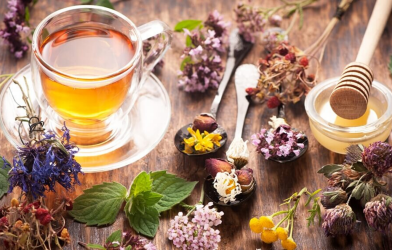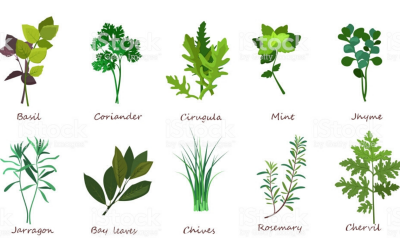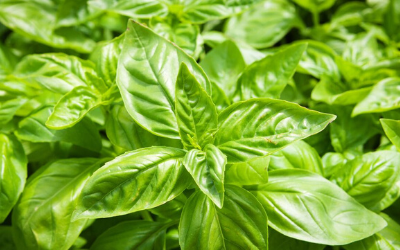Tea… a magic word that conjures up fantastic tales of romance and poetry; of clipper ships and trade routes; of intrigue and revolution. It is “the Plant of Heaven” the “froth of liquid”; it is the “pernicious weed” the “base exotick.”
It will keep you awake, it will put you to sleep. It will cure whatever ails you, it will cause your early demise. Some like it hot, some like it cold” – herbalist Edna Cashmore.
two cups of herb teaYes, there’s a knack to brewing that perfect pot of herbal tea. Tea with appealing aroma and satisfying taste – meaning you’re making it purely for the enjoyment not the medicinal value. Tea that tastes like ambrosia not like last night’s dishwater. Tea with the strength to refresh you without calling to mind a dose of drain cleaner.
So, how do you achieve the above? It’s quite simple. You just need 5 things:
1.An adventurous spirit.
2.Your sense of taste.
3.Proper brewing utensils.
4.The right know-how.
5.A handful of tried and tested recipes.
An adventurous spirit
Need I say more? If you can’t picture yourself trying anything else than the same old brew you’ve been taking for the past decade, herb teas are not for you.
Your Sense of Taste
Unlike English or China tea, herbal teas don’t darken as they become stronger. They remain light green or amber. Judge the strength of your brew by taste rather than sight.
Proper Brewing Utensils
You need a teapot (china, earthenware, glass, silver or stainless steel), teacups, an infuser for immersing the herbs in the water, a strainer, a mortar and pestle to crush roots and seeds just before brewing, and a rolling pin to bruise fresh herbs.
The Right Know-how
As a general guideline use 1 teaspoon dried herbs or 1 tablespoon fresh herbs to 1 cup water.
Start by filling your kettle with cold water, which retains more oxygen for fuller flavour. As soon as the kettle starts warming rinse your teapot to heat it. Switch off your kettle the moment it starts boiling. When using fresh herbs to make your brew, you actually need to switch the kettle off just before it starts boiling.
Place your herbs in the teapot. Either loose or in the infuser. Tip: Crush your herbs to release their delicate flavours. Bruise fresh herbs with a rolling pin.
Pour the just boiled water over the herbs. Don’t pour boiling water over delicate fresh herbs.
Allow your brew to steep for 3 to 5 minutes. Use patience and your sense of taste to determine when the brew is just right. If you want your herb tea to be stronger use more herb, not more steeping time. You don’t want the herbs to start releasing tannins. Tannin is great for curing leather, and for certain disorders, but it tastes awful.
Strain and serve. You can add some honey (or Stevia) and lime or lemon. No sugar, milk or cream.
Please note that this is not always the correct way of making a medicinal tea (infusion). It describes how to make a herbal tea purely for enjoyment.
A Handful of Tried and Tested Recipes
Single-herb teas (using just one herb) can be lovely, but you will be delighted with your results if you combine a few herbs.
If you have your own herb garden you can create some pretty special herbal tea blends. And they will have the distinction of being your creations, brewed from plants you’ve grown and processed yourself.
Try a two herb tea blend such as marjoram and mint, or sage and lemon balm.
A popular three herb blend is 3 parts thyme, 1 part rosemary and 1 part spearmint. It’s also an effective remedy for nightmares and hangovers. Another old time favourite is equal parts mint, sage and bergamot.
Nothing beats a multi-herb-and-spice-blend. Here’s a good seed blend you might like to try. The anise and fennel give it a liquorice taste, while the coriander and caraway add extra tang – refreshing with a pleasant aftertaste. It also has beneficial properties. Especially if you are watching your weight. It’s not a weight loss cure though. Sorry.
Combine equal quantities of all 4 seeds. Measure one teaspoon of the mixture for each cup of tea. Crush and steep 10 minutes.
· by Di-Di ·
Courtesy of – Bouquet Garni -Herbs Flavouring The Cooking Pot







0 Comments